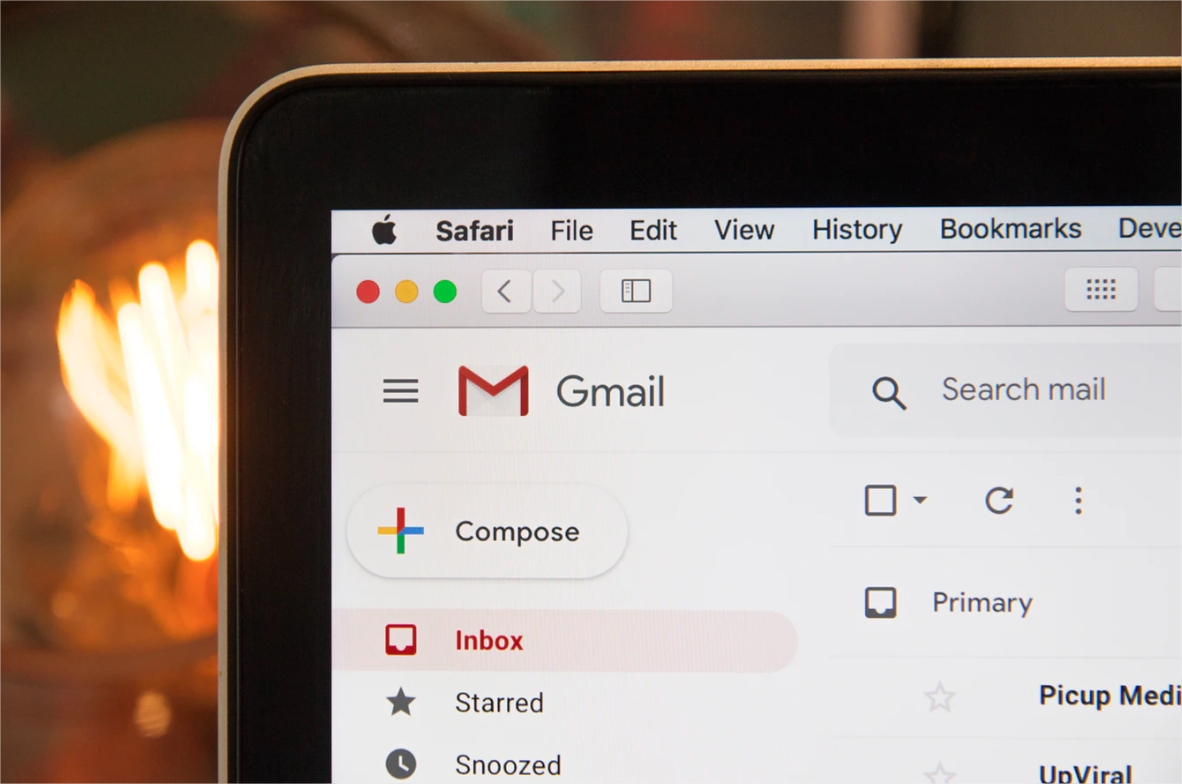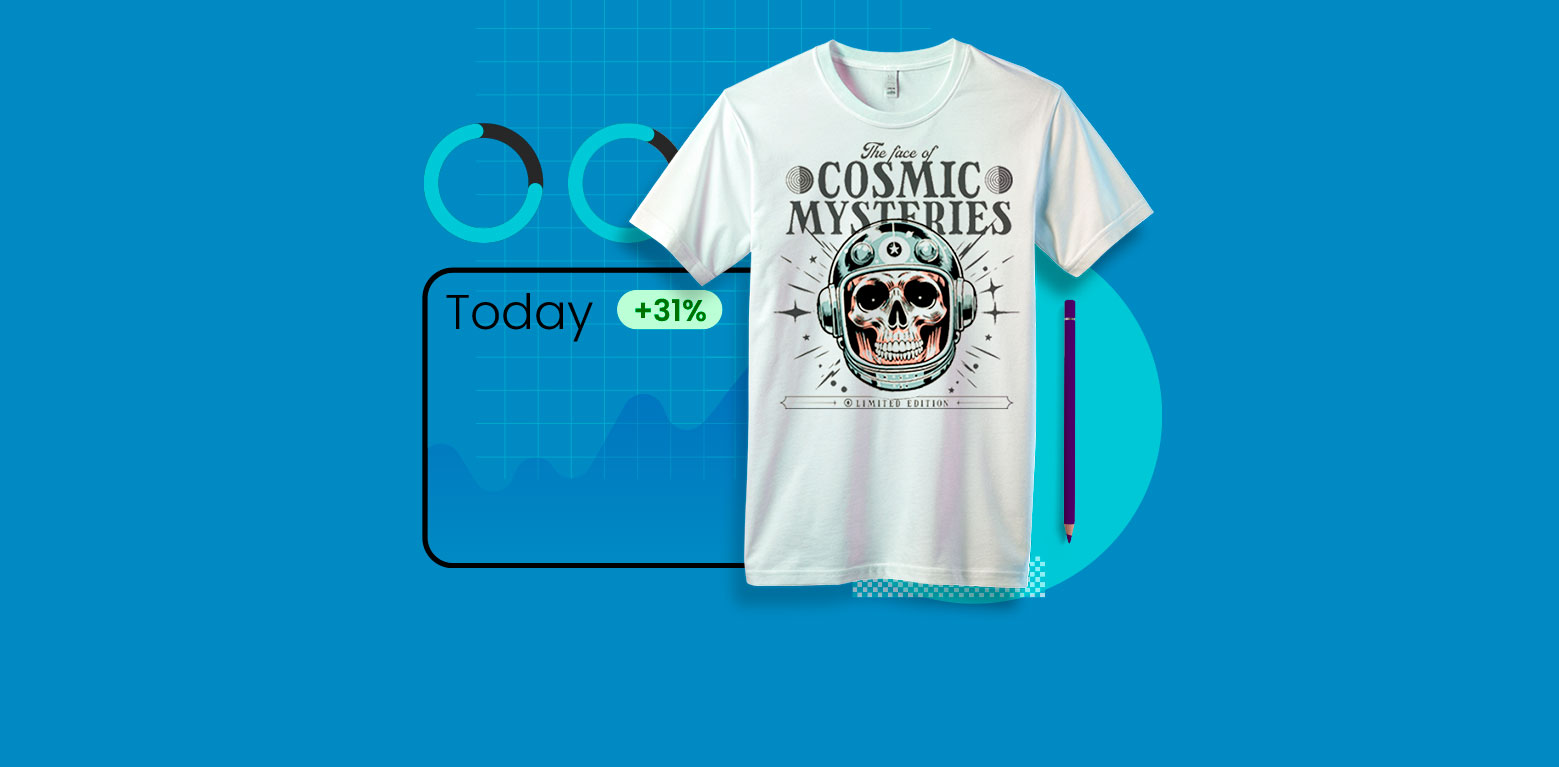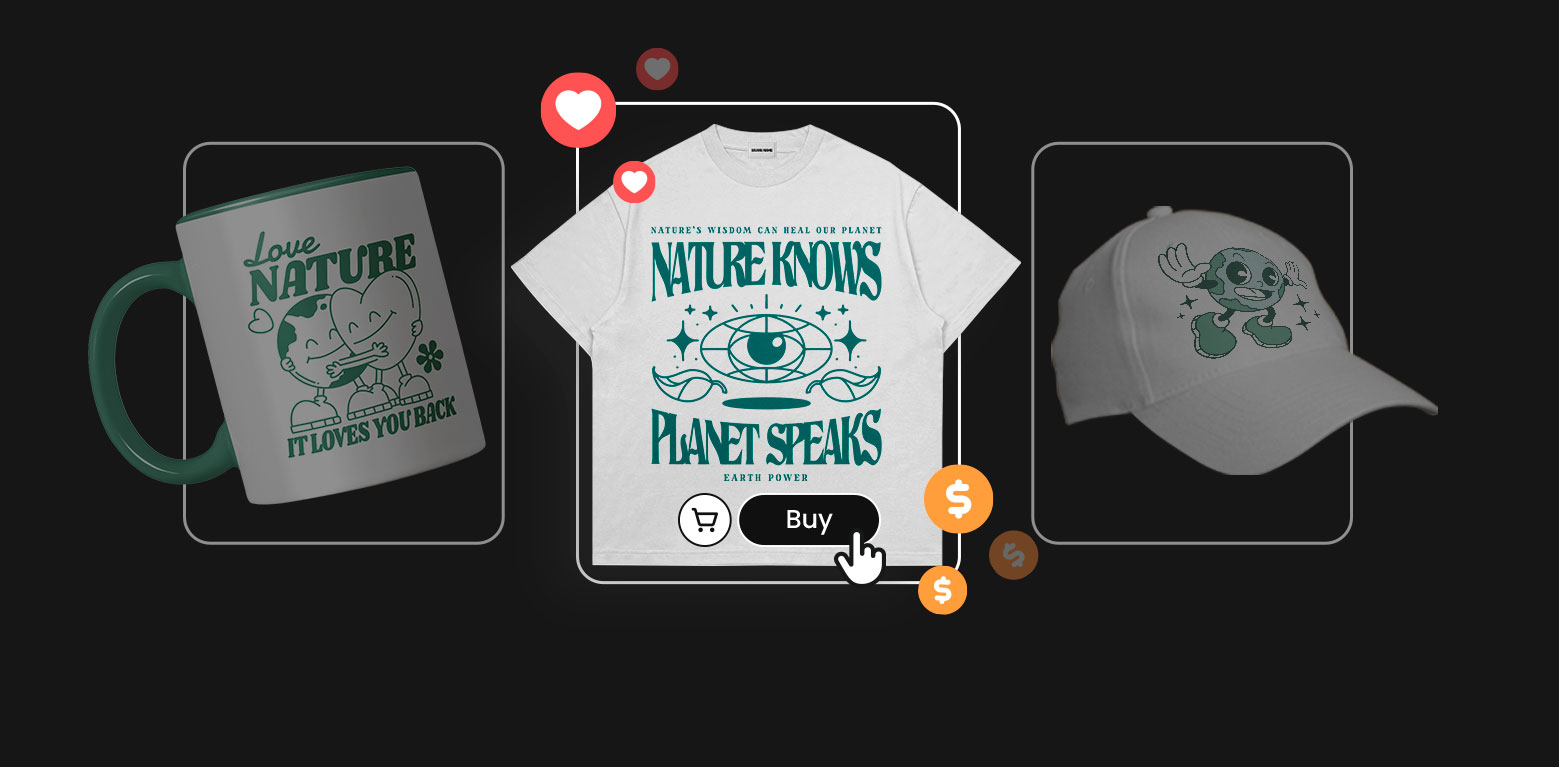How frustrating is it to spend time and effort designing that perfect email, only to realize it’s ended up in the recipient’s spam folder?
It’s alarming to note that spam costs businesses approximately $20.5 billion every year in terms of reduced productivity and technical expenses.
After all, none of your email marketing efforts matter if your emails are not getting successfully delivered, in the first place.
In order to bypass spam filters and improve deliverability, you need to make your emails seem authentic and humanize communication. So, don’t let your efforts go down the drain – follow these seven simple rules to ensure you stay out of the email spam folder.
1. Get People’s Consent
Nothing puts people off than receiving emails from brands or people they did not subscribe to. It instantly puts people off and can harm your brand reputation.
While email marketing is a powerful tool to engage with your prospects and customers, it’s very important to ask for their permission and get their consent before you start targeting them with newsletters and email campaigns.
Be ethical and transparent while collecting email addresses for your email list. Clearly demonstrate the value you’ll be offering (eBook, white paper, infographic, email course, blog subscription, etc.) in return of their email address.
It’s a good idea to go for a double opt-in which requires people to verify their email address after filling the form. This ensures a clean and engaged list of subscribers who are likely to be more interested in what you have to offer.
Here’s what a double opt-in confirmation email looks like.
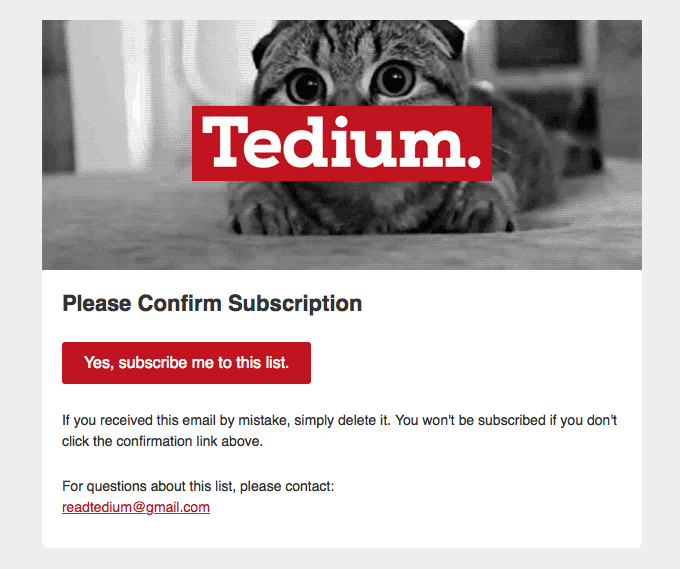
2. Segment your Email List
Did you know that segmented email campaigns achieve a 14.31% higher open rate than non-segmented email campaigns?
This isn’t surprising because sending targeted emails shows that you understand what your subscribers want which in turn keeps them more engaged and invested in your brand, thereby giving out positive signals that prevents your email from reaching the spam folder.
Segment your email list according to their demographics, interest and website behavior and send across personalized emails that they will be compelled to click.
Personalization is not just about addressing recipients by their name, it’s also about tailoring your email content such that it appeals to them.
Here’s an example of an email by Netflix which is customized as per the subscriber’s viewing history.

3. Give Recipients the Option to Unsubscribe
Whether you like it or not – you should make it easy for subscribers to unsubscribe whenever they wish to. Not abiding by this basic rule is not only poor email etiquette, but it’s also unethical.
So, display a clear ‘unsubscribe’ button in the email footer where it can be easily found. It’s also advisable to mention that subscribers can choose to opt out whenever they want to in the email sign-up form.
Doing this sets the tone for a more transparent relationship which is always appreciated by customers and prospects.
Check out this email by Booz Allen Hamilton wherein they have a ‘Unsubscribe’ call-to-action.
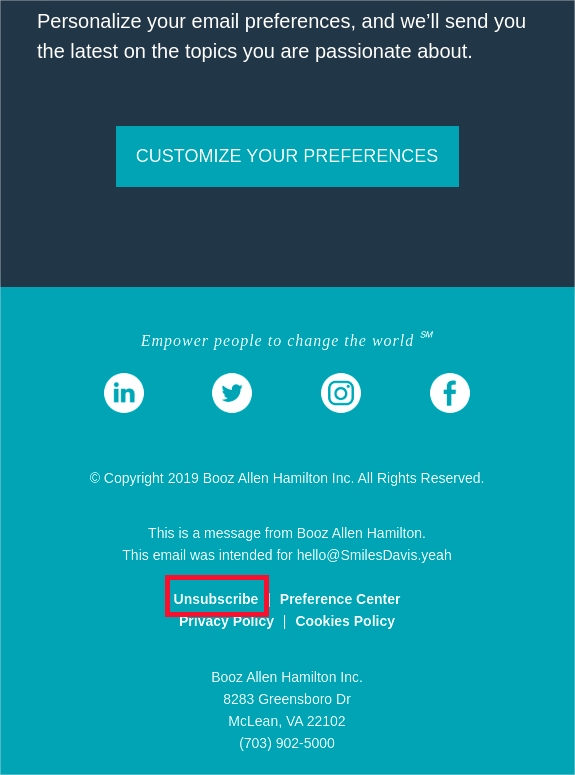
4. Avoid Spam Trigger Words
Yes, you want your emails to attract, hook and engage readers but there are certain words that end up working against you because they scream ‘spam’.
Strictly refrain from using those words in the subject line and body of the email because they are bound to trigger the spam filter. Example include – amazing, free, $$, risk free, order now, congratulations, and cancel any time among others.
Take a look at the ultimate list of email spam trigger words.
Apart from being mindful of the words you use, be careful about using too many exclamation points and writing in all capital letters because they have the tendency to trigger spam filters too.
5. Use a Mix of HTML and Plain Text
HTML vs plain text – hasn’t that been the age-old debate when it comes to running email marketing campaigns?
While HTML emails are more visually-appealing and attention grabbing, the truth is that they have more chances of ending up in the spam folder.
The key is to design it such that it has a good mix of HTML and plain text, and always include a plain text version of the content when you send an HTML version.
Here’s what a mix of HTML and plain text email looks like.
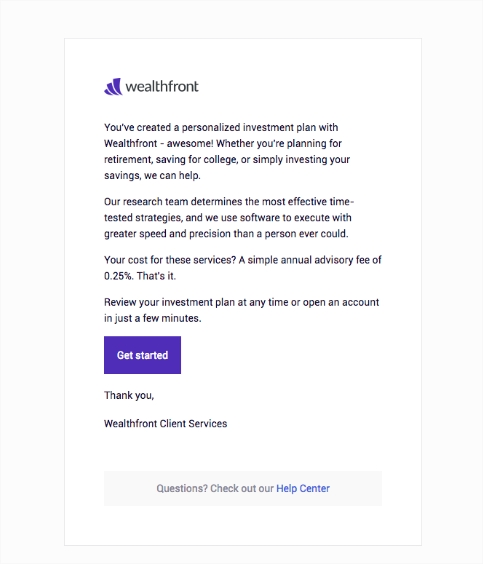
6. Use Spam Checking Tools
Fortunately, there are spam checking tools that let you test your email and ensure deliverability before you hit ‘send’. Here are some free tools you should use –
7. Add Value to your Emails
The ultimate purpose of running an email campaign is that it should offer valuable and quality content because that’s the only way you can attract their attention and have them open it.
From sharing case studies and testimonials to linking to a new blog or podcast episode and offering discounts or promo codes – make sure every email of yours is packed with value and induces the desired action.
Here’s an interesting email by Mintel that links to an industry report.
Adela Belin is a content marketer and blogger at Writers Per Hour. She is passionate about sharing stories with the hope to make a difference in people’s lives and contribute to their personal and professional growth.

